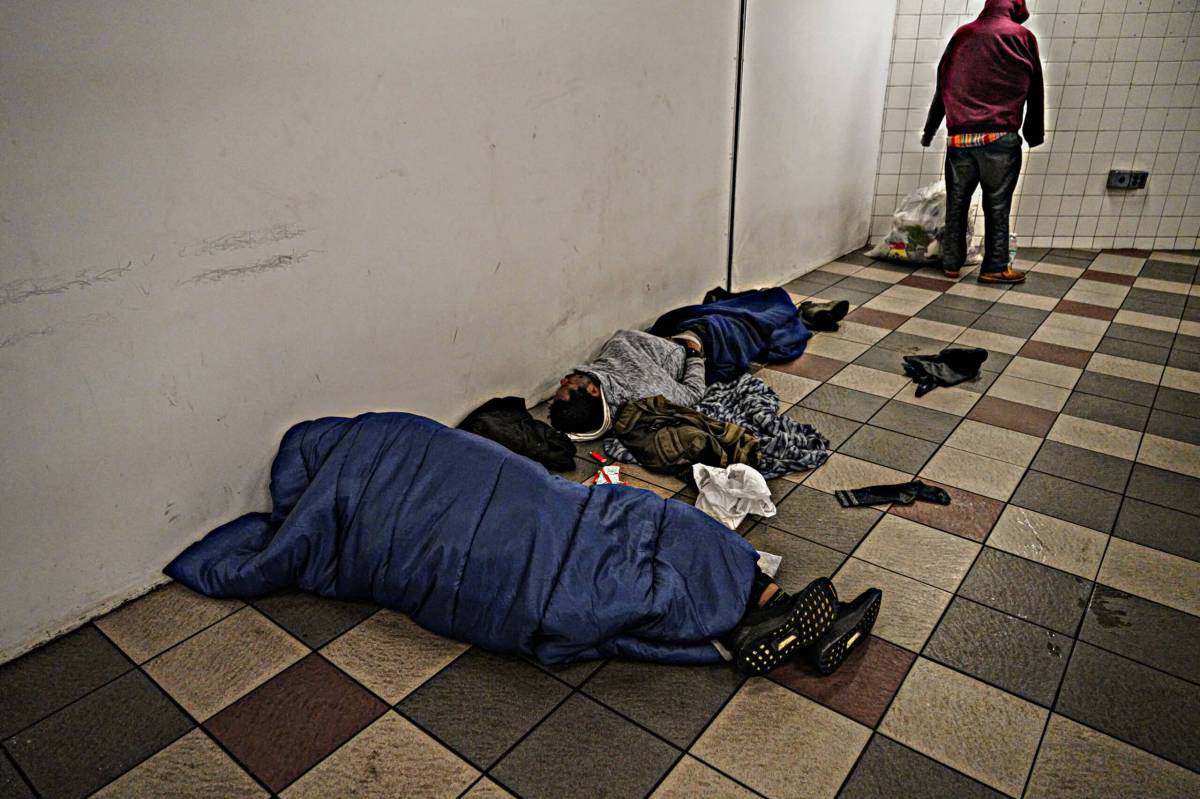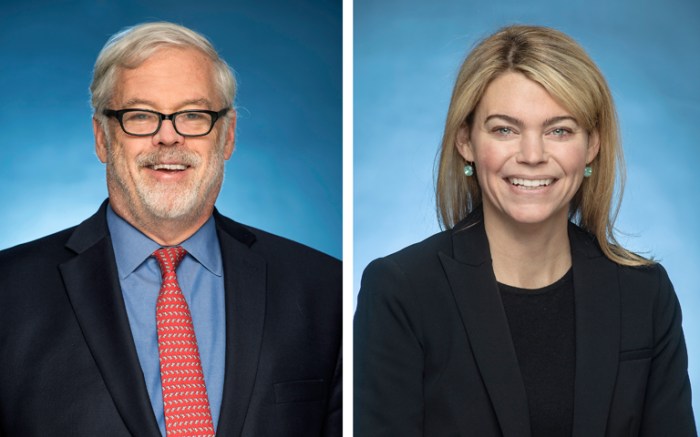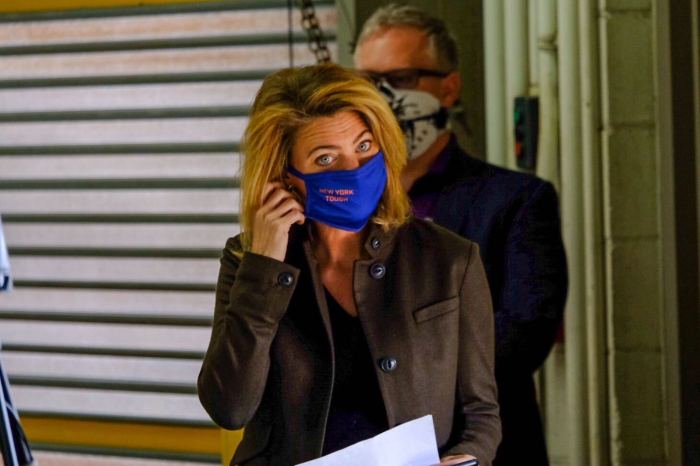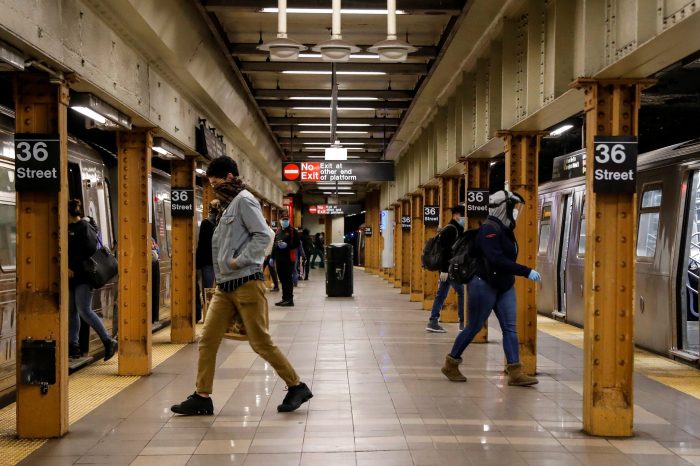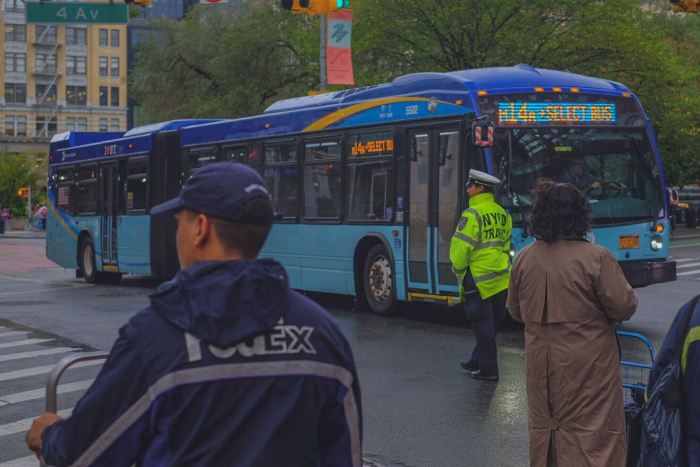A lawsuit against the Metropolitan Transportation Authority alleges that rules adopted by the agency to clear stations and trains of homeless men and women are discriminatory, namely by restricting people from remaining in stations for over an hour at a time
Urban Justice Center (Safety Net Project) and Picture the Homeless file the Article 78 petition in New York County Supreme Court on Thursday and the MTA is not backing down from the rules it says is protecting New Yorkers in the midst of a global pandemic.
“We are reviewing the lawsuit that we first learned of in the press,” MTA spokesperson Abbey Collins said. “We will vigorously defend the regulations in court that were put in place to protect the health and safety of customers and employees in the midst of a global pandemic – period.”
According to the lawsuit, these restrictions not only impact homeless New Yorkers, but black and brown people disproportionately.
The lawsuit calls the adoption of these rules “arbitrary and capricious,” as well as an “abuse of discretion.”
But interim NYC Transit President Sarah Feinberg reiterated her usual point during a Fox 5 interview on Friday that their system was no substitute for a homeless shelter or housing options for those experiencing hardship.
“Look, the fact that so many people are experiencing homelessness is a crisis in this city and it’s devastating. No one should be coming into the subway system because that’s their only option to, you know, escape the elements or you know, sit down on a bench for an hour or two or take a nap. We have to do better than that as a city. But in terms of the subway system, we’re moving essential workers all the time and so we cannot be the shelter of last resort. You’re right, I have called on the City, I’ve begged for help. I’ve said, you know, the solution here is housing and a shelter system that works, not just, you know, letting people go into the subway system.”
But the petitioners claim that the MTA had been attempting to mitigate what they saw as a rise in the presence of homeless New Yorkers in the system since at least 2019.
On May 6, 2020, the MTA implemented a new plan to combat the COVID-19 pandemic: a suspension of overnight service.
The agency said the four hour closure between 1 a.m. and 5 a.m. would give cleaning crews the ability to disinfect trains and stations without interference from passengers, and to clear homeless people from the system, cops and social workers were at stations ensuring those individuals were offered alternatives.
But after pressure mounted from City Council members last week who called some of the measures taken by the MTA as “hygiene theater” for the removal of benches in the 23rd Street station on the F train and a string of stabbings over the weekend which resulted in the deaths of two homeless New Yorkers, the state changed tack.
Governor Andrew Cuomo and MTA officials on Monday announced a phased reopening of overnight service in that the closure would run from 2 to 4 a.m. The question still remains if even that is necessary considering the lack of scientific evidence around disinfecting surfaces as a real measure against the spread of the virus.
Also announced on Monday was the resumption of the hiring of 500 transit cops by the MTA first adopted in January 2020 before the pandemic necessitated a hiring freeze.
NYPD also put assigned an additional 500 cops to the subway after the slayings, something Feinberg said should be expanded to 1,000 officers.
Mayor Bill de Blasio, however, stated on Tuesday that the 500 cop surge is adequate.



